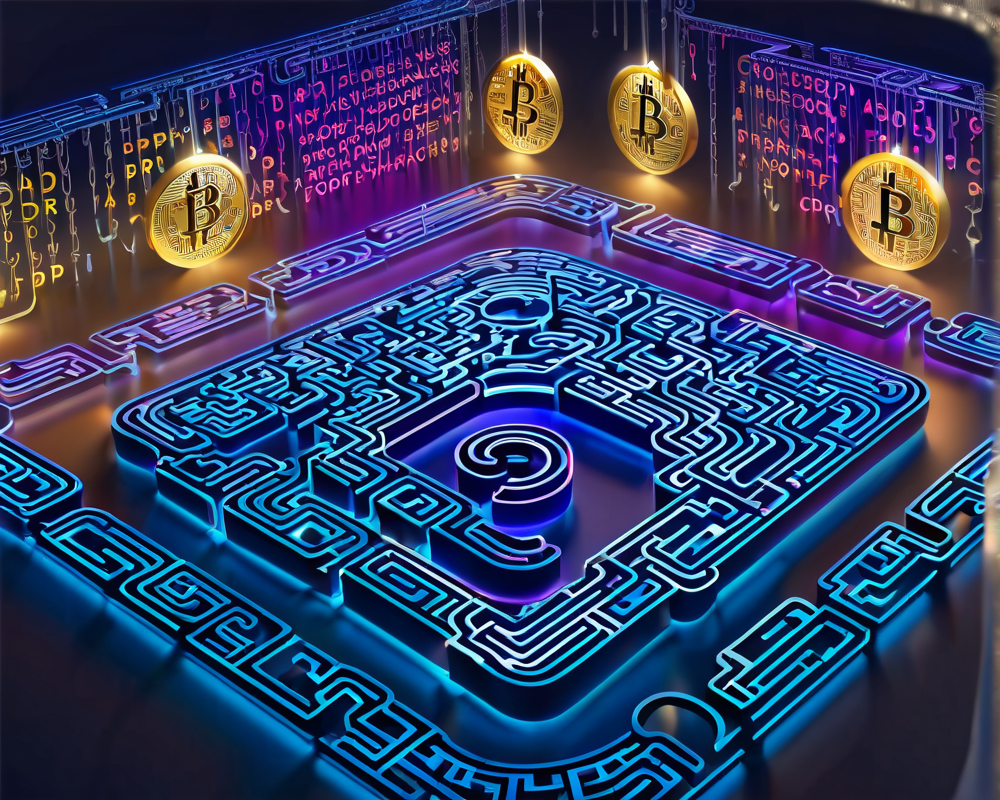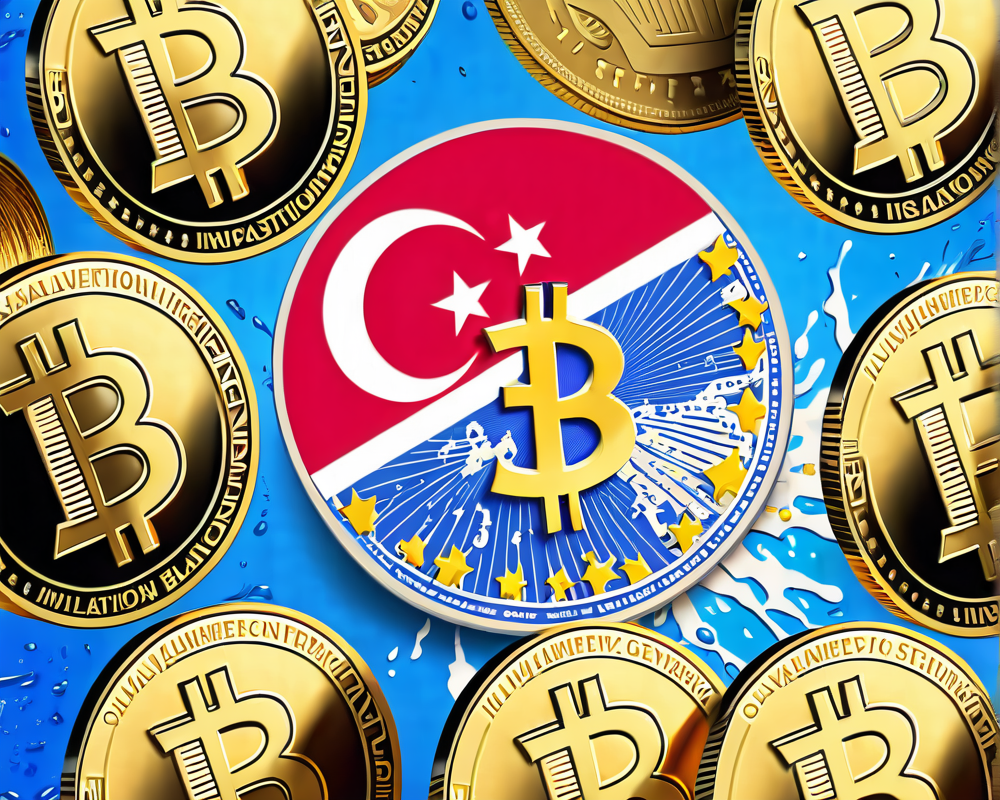A Deep Dive into GDPR and Blockchain
The General Data Protection Regulation (GDPR) isn’t just a fancy acronym; it’s a massive overhaul of privacy laws designed to give EU citizens more control over their personal data. If you thought keeping your personal information private was a breeze, think again! With this new set of rules which took effect in May 2018, organizations, even those cheeky Blockchain projects, must tread carefully.
Understanding GDPR’s Reach
So, who exactly has to bow down to the GDPR regulations? Spoiler alert: if you’re collecting personal data from an EU citizen—or even thinking about it—you’re in the firing line. And that includes anyone operating a Blockchain project worldwide. It’s like a game of tag, but instead of being “it,” you’re liable for million-euro fines if you slack off.
- Post a data privacy policy: Clear as day.
- Consent: Get the thumbs up before you swipe that data.
- Easy out: Make it a breeze for individuals to say, “Nope, I’m out!” regarding their consent.
- Data security: Lock it up tighter than Fort Knox.
- Transfer standards: If data’s leaving the EU, it better be in a safe convoy!
The Clash of Titans: GDPR vs. Blockchain
At first glance, Blockchain and GDPR seem like that odd couple you see in rom-coms—great potential, but major compatibility issues. The GDPR operates under the presumption that personal data can be adjusted or deleted; Blockchain doesn’t play that game. Once data’s logged into a Blockchain, it’s there for eternity, like your Aunt Betty’s conspiracy theories on Facebook.
A Case of the ‘Right to Be Forgotten’
One of the fundamental elements of GDPR is the so-called “right to be forgotten.” Imagine trying to forget an embarrassing moment, but that moment is immortalized in Blockchain-form! It’s a paradox that’s leaving many tech teams scratching their heads. As David Fragale puts it, it’s all about control—yet how do you control something that can’t be controlled?
Off-Chain Solutions: A Possible Escape Route?
Could the answer lie in clever data architecture? Enter off-chain storage: a strategy where personal data is tucked away safely off the Blockchain while still being referenced on it. This dual handling approach is like having your cake and eating it too—solving compliance issues while keeping data untouched in the Blockchain.
- Pros: Users can update or delete their info.
- Cons: Trust me, off-chain databases can still get hacked!
The Compliance Conundrum
As organizations scramble to make sense of GDPR compliance, especially in the chaotic world of Blockchain governance, questions bubble to the surface: Who’s accountable? How can compliance be audited effectively with decentralized governance systems? It sounds almost as complex as assembling IKEA furniture without the instructions.
Rob Viglione from ZenCash aptly underscores these hurdles while hoping that the tech and regulations won’t end up on opposing fronts for long. Let’s be real; the GDPR is a tangled web that needs some serious untangling if Blockchain is to thrive in this new data-privacy landscape.
Final Thoughts
In summation, Blockchain’s future within the GDPR framework is as uncertain as a cat in a room full of rocking chairs. While the idea of a privacy-empowered user is exciting, the logistics can feel more like a bureaucratic nightmare than a utopian dream. Regardless, as the Blockchain community innovates, let’s hope they also navigate these regulatory waters like seasoned captains steering their ship through a storm. Stay tuned; it’s going to be an interesting ride!




